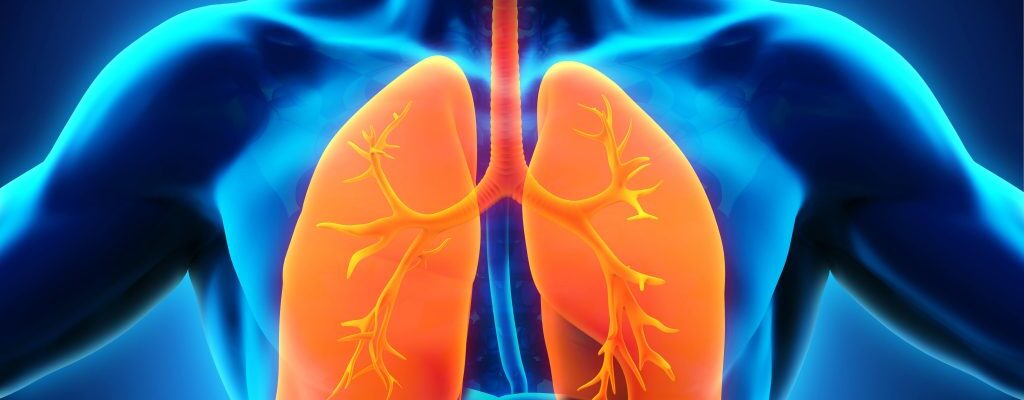Chronic Obstructive Pulmonary Disease (COPD) is often diagnosed in its advanced stages, making it challenging to manage effectively. Many individuals only seek medical attention when they experience severe symptoms. This highlights the importance of early detection and diagnosis, which can lead to better treatment outcomes and improved quality of life.
Diagnostic Procedures for COPD
Doctors use various tests to confirm the presence of COPD and assess the extent of lung damage. Some of the key diagnostic methods include:
- Pulmonary Function Test (Spirometry). This test measures lung health by analyzing how well air flows in and out of the lungs. Patients blow into a tube connected to a spirometer, which evaluates the volume of air exhaled and the speed of exhalation. Reduced airflow indicates potential lung obstruction.
- Chest X-Ray. A chest X-ray can help detect abnormalities in the lungs and is commonly used to rule out other conditions that may mimic COPD symptoms, such as pneumonia or lung cancer.
- CT Scan (Computerized Tomography). A CT scan provides detailed images of the lungs, making it easier to identify emphysema, a common condition associated with COPD. It also reveals damage to small lung structures like alveoli.
- Arterial Blood Gas Test. This test measures the levels of oxygen and carbon dioxide in the blood, assessing the lungs’ ability to exchange gases effectively. An imbalance in these levels may indicate advanced COPD.
Importance of Early Diagnosis
Early detection of COPD is crucial because it allows for timely intervention, potentially slowing the progression of the disease. If you experience persistent symptoms such as chronic coughing, shortness of breath, or frequent respiratory infections, it is essential to consult a doctor for a thorough evaluation.
Managing COPD
While there is no cure for COPD, managing the condition can significantly improve quality of life. Steps to manage COPD include:
- Avoiding smoking and exposure to lung irritants.
- Using prescribed medications, such as bronchodilators and corticosteroids.
- Engaging in pulmonary rehabilitation programs.
- Adopting a healthy lifestyle, including regular exercise and a balanced diet.
By understanding the importance of early detection and following recommended diagnostic procedures, individuals at risk for COPD can take proactive steps to manage the disease and maintain better respiratory health.


